Zagreb Coreopsis
$34.50 Original price was: $34.50.$24.15Current price is: $24.15.
- Free Shipping over $25
- Fast & reliable delivery options
- Enjoy top quality items for less
- Multiple safe payment methods

Although very easy to grow, Coreopsis can be confusing to beginner gardeners. They can look very different, need different conditions, and some are much more likely to make it through the winter than others, especially if you live in a colder part of the country. If you are looking for a drought-resistant, winter-hardy, durable and attractive Coreopsis, then look no further than the Zagreb Coreopsis. With its thread-like thin leaves, topped with bright yellow blooms, it has a bright but airy look to it, and fits perfectly into more natural and wild settings – after all, it is a simple selection from a plant native to most of the eastern states. It looks right at home in pockets among rocks, or growing with smaller ornamental grasses. Don’t be fooled by the delicate look – those thin leaves look so fragile – because this is actually a very tough plant, that does much better in drier conditions than most of the other ones. Part of the enormous daisy family, these plants are often called ‘tickseed’ by naturalists. That doesn’t sound much like something you would want in your garden, so we decided to stick to the botanist’s name, which admittedly does mean (in Greek) ‘bedbug’, but sounds a whole lot nicer.
Growing Zagreb Coreopsis
Size and Appearance
Zagreb Coreopsis is a reliable and hardy perennial plant, dying back each year to a mat of slender stems twining on the ground in a slowly-expanding clump. From these, in spring, upright green stems sprout, rising to anything between 1 and 2 feet tall, depending on the soil and growing conditions. The stems are covered from top to bottom with very unusual leaves. These are divided into very narrow, long threads, giving a very light, unique look to this plant. They look very delicate, almost like a fern, but in fact they are very tough, and never shrivel or burn, even in hot, dry conditions.
By midsummer the first flowers will open, and their profusion is amazing. They usually continue all the way to fall, perhaps reducing a bit during the very hottest periods. The blooms are simply star-shaped daisies, 1 to 2 inches across, with a yellow center surrounded by a circle of broad petals that taper to a point. The petals are bright, golden yellow and this plant shines like the sun for week after week. They attract butterflies and other pollinators.
Using Zagreb Coreopsis in Your Garden
The lovely plant is easy to grow and thrives in almost every garden. Grow it along the front of beds, in the levels of retaining walls, in rock gardens and on sunny slopes, and in wild gardens and meadows. It looks most effective massed into larger groupings, so plant 3 or 5 in a group, spaced 12 inches apart, for maximum impact from the abundance of blooms.
Hardiness
Zagreb Coreopsis is very cold resistant, and enjoys cool zones, right into zone 3. Yet it also grows well in hotter areas, even into zone 9.
Sun Exposure and Soil Conditions
Full sun is generally best for the Zagreb Coreopsis, but in hot zones it may benefit from a few hours of afternoon shade if the ground is very dry. It grows in all well-drained soils, including poor, rocky soils and alkaline ones. This is the most drought-resistant species of Coreopsis, and once established plants thrive in xeric and low-water conditions, although the flowering period may be reduced a little.
Maintenance and Pruning
Deer, rabbits, pests and diseases are all no problem to the Zagreb Coreopsis, so nothing to worry about there – and it can be planted in wilder areas. Deadheading helps continue blooming, but with so many small flowers the only way to do that effectively is to take a pair of sharp hand-shears and trim it lightly, to remove most of the first flower batch. New growth and buds soon sprout out.
History and Origin of Zagreb Coreopsis
The thread-leaf tickseed, Coreopsis verticillata, is also known as the whorled tickseed. Both names obviously refer to the leaves of this plant, which is shared with some other lesser-known species, all of which are very different from other species, which have much larger leaves. It is found throughout most of the east, from Québec and Ontario up in Canada down to Georgia and west to Oklahoma. One of the most drought-tolerant of all Coreopsis, it is found in dry grasslands and open woodlands. There are several garden forms, and the variety called ‘Zagreb’ is shorter and denser in growth than typical wild plants, making it much better to grow in gardens. The name suggests a European origin, but we have been unable to find any information on where it was discovered, or by whom.
Buying Zagreb Coreopsis at the Tree Center
The color-potential of this plant is out of all proportion to the effort needed – lots of color for little work. This is probably the most popular of all Coreopsis, and it deserves it. If you are new to these plants, or if they are already your friends, this is one you can’t be without – order now, as it sells fast.
Be the first to review “Zagreb Coreopsis” Cancel reply
Related products
Perennials
Black-Eyed Susan
Perennials
Catmint
Liriope
Perennials
Liriope
Catmint

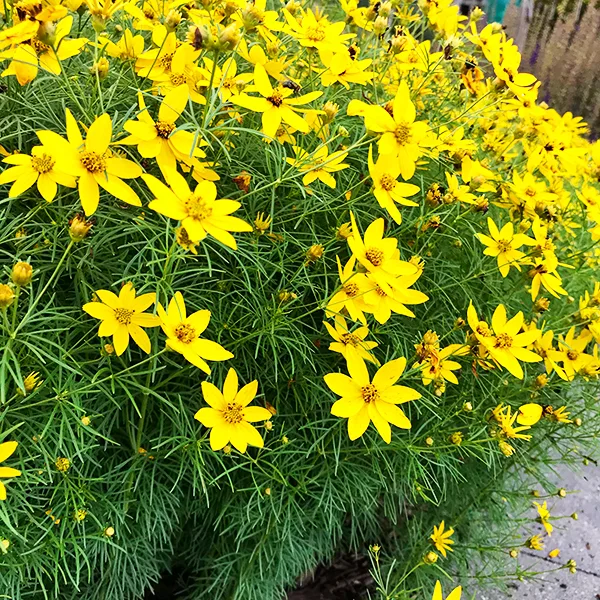




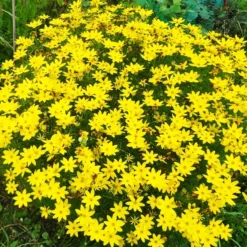
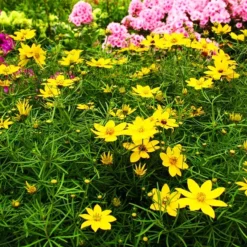
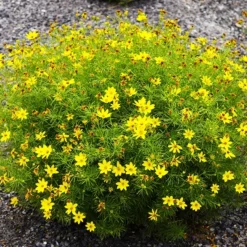
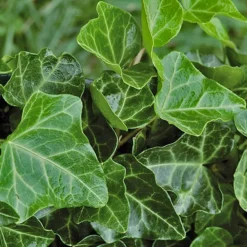
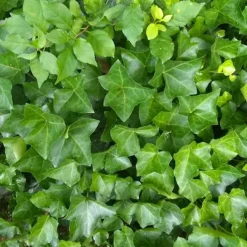
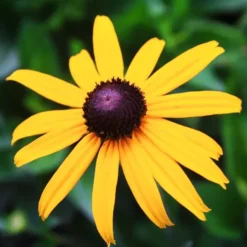
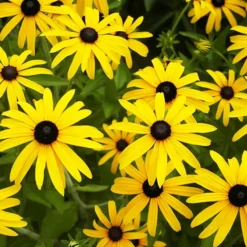
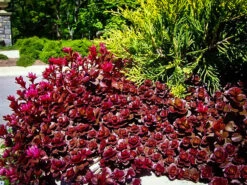
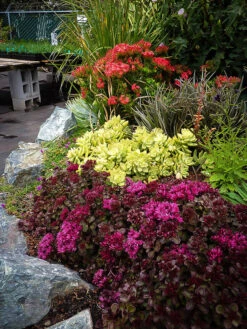
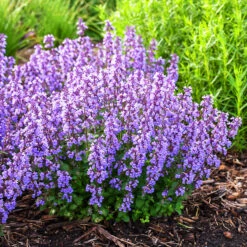
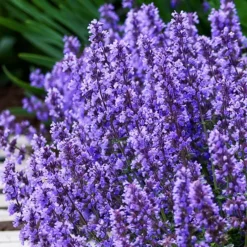
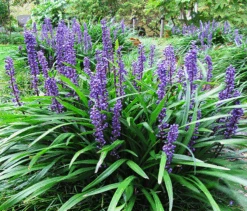
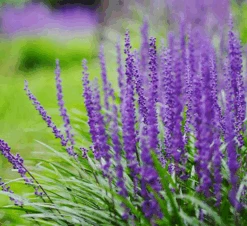

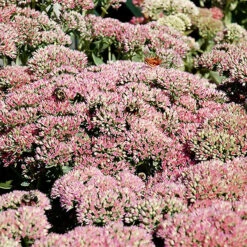
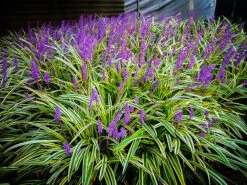
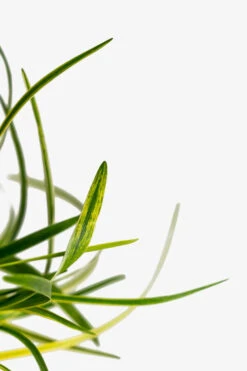
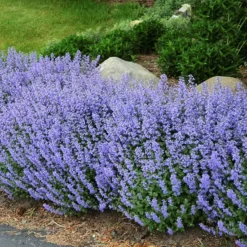

Reviews
There are no reviews yet.